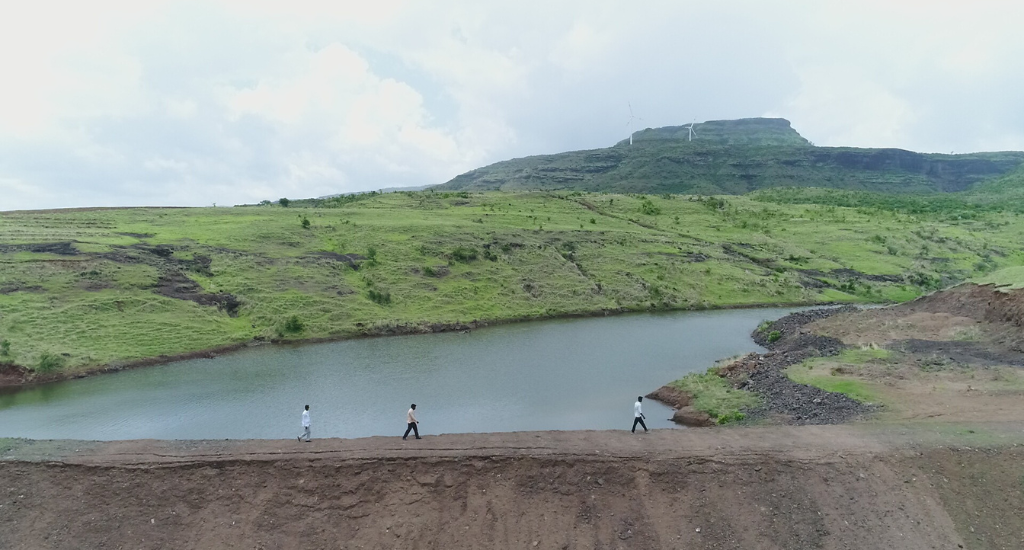
Maharashtra village quells drought for a brighter future
The united efforts of the villagers at Konambe in Maharashtra have transformed a drought-prone region into a thriving example of water conservation.

The united efforts of the villagers at Konambe in Maharashtra have transformed a drought-prone region into a thriving example of water conservation.
Konambe is far from being the water-scarce place it once was. It had long grappled with drought-related agricultural struggles, like 52 other villages in Sinnar taluka of Nashik region in Maharashtra. However, Konambe scripted a story of change when the community got together for a unique water conservation initiative.
The change was spearheaded by former village sarpanch Sanjay Daware, who collaborated with the villagers, urban supporters, government agencies and NGOs for the purpose.
“When I was elected as the sarpanch in 2015, I had a vision. It was to pull the village out of the shadows of drought,” said the 48-year-old man, considered a hero by fellow villagers.
The first step was to seek guidance and expertise in water conservation. Village representatives engaged with experts from Mahatma Phule Krishi Vidyapeeth, Rahuri, and visited role models like Ralegaon Shirdi and Hiware Bazar, known for their environmental conservation work.
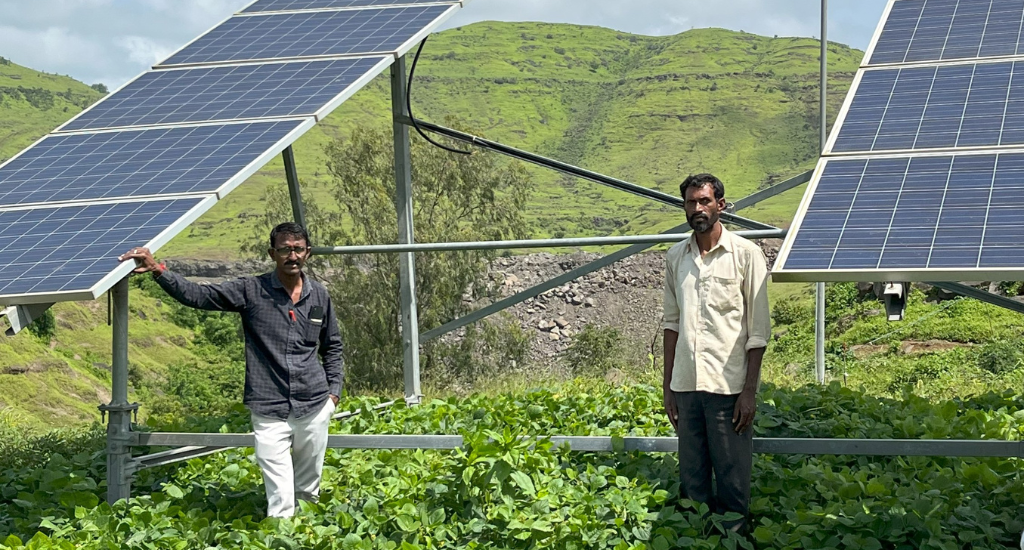
“We prepared a feasibility report for watershed treatment. We received approval for projects like contour nullah bundh, cement dams, Gambian structures and contour trenches amounting to Rs 2.30 crore,” Sanjay Daware said.
The village also benefited from state government initiatives such as the Jalayukt Shivar Yojana, a water conservation scheme, and Gaalmukt Dharan Yojana, focusing on silt-free water reservoirs. Desilting of tanks increased groundwater tables, extended water availability during summer and alleviated the effects of water-intensive agriculture.
“Corporate bodies, NGOs, trade associations and the state government contributed to this endeavour by providing financial support, diesel for earthmovers, and equipment loans. Volunteers from various government offices participated in digging trenches and planting trees, making the Konambe water conservation initiative a success,” said former block development officer Ratnakar Pagar.
Situated in the rain shadow region of the Western Ghats, Konambe’s 611 households faced the paradox of receiving meagre rainfall despite being in close proximity to abundant water resources. Villagers depended on water tankers to quench their thirst by the time May arrived and the summer sun scorched the earth.
Also Read: Halma – MP’s tribal festival helps heal earth
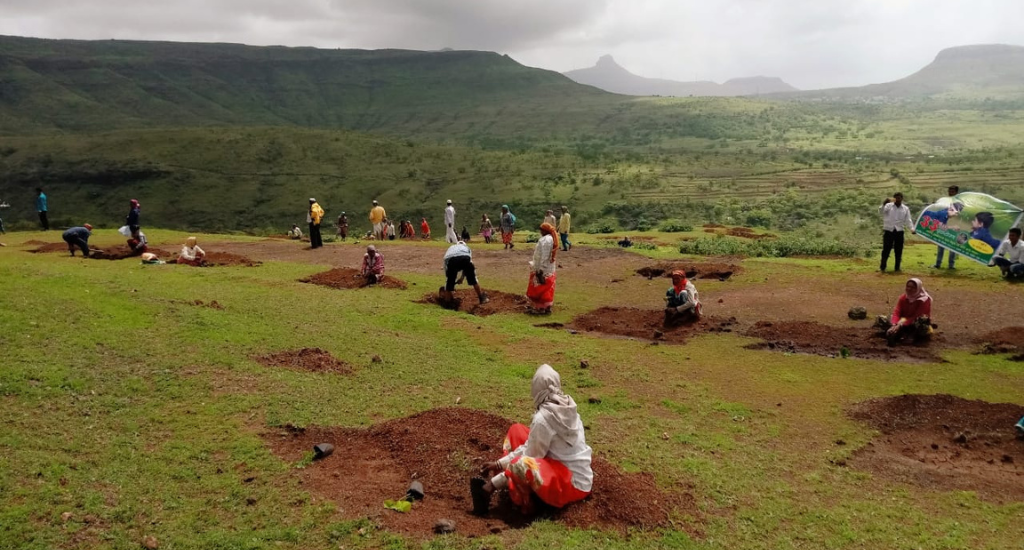
The roots of their struggle extended deep into the farming practices of the region. As farmers installed water pumps to irrigate their fields, Sinnar became the highest groundwater-exploited taluka in Nashik district.
The cultivation of water-intensive crops like sugarcane and bananas compounded their challenges, leading to ecological degradation, the loss of traditional water management systems, unpredictable rainfall and uncertain market conditions. This amalgamation dealt a blow to the livelihoods of the villagers.
The Konambe dam, built in 1971 on the Dev River, played a pivotal role in this narrative. However, the dam’s capacity dwindled over time due to the accumulation of nearly eight feet of silt, reducing its ability to meet the village’s water requirements.
“Even 150 mm of rain made the dam and the holding ponds overflow,” Sanjay Daware said.
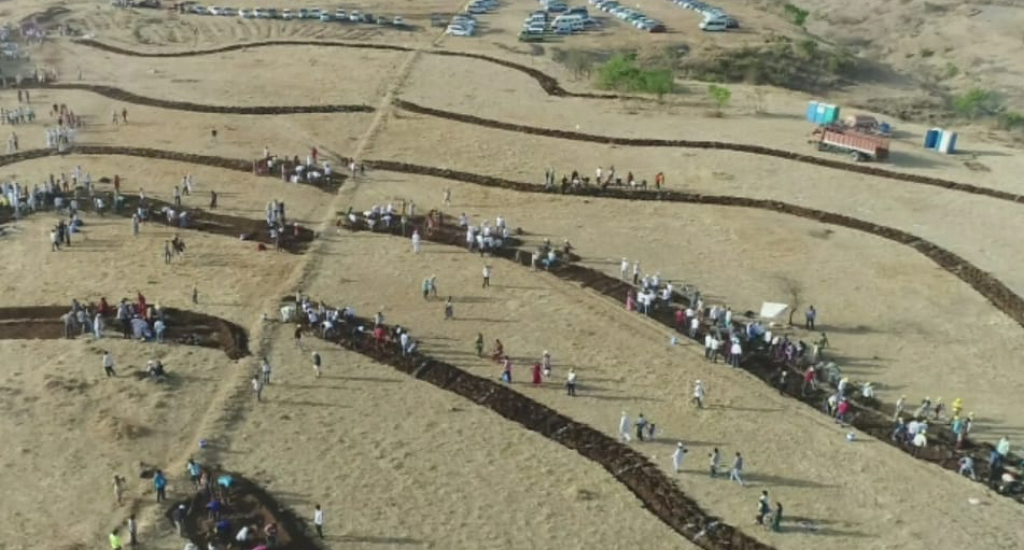
Besides, British-built diversion-based irrigations (DBI) systems that met the region’s water needs for nearly 90 years were abandoned by the mid-eighties. DBI is a simple, economical method that employs gravity to guide water from rivers and streams to adjacent fields.
In 2016, the watershed treatment work began, involving activities such as deepening and widening of streams, constructing cement and earthen stop dams, removing debris from nullahs and creating earth embankments. The positive impact was evident in the improved water availability in the DBI systems. Additionally, 14 leak-prone water bodies were repaired.
The desilting of Konambe Dam improved water availability in 12 villages and produced around 20,000 cubic metres of soil. This soil found new purpose, being spread across 500 acres of fallow land and reclaimed for cultivation.
Also Read: Tarapur villages use saltpan to harvest water
“Social mobilisation played a pivotal role in this initiative’s success, and it was driven by the dedication and collective efforts of Kodambe’s villagers,” said Sandesh Karande, consultant at Paani Foundation.
One of the most significant mobilisation events took place in 2017 when Konambe participated in Paani Foundation’s Satyamev Water Cup, an annual competition in which thousands of villages in Maharashtra compete to work for soil and water conservation.
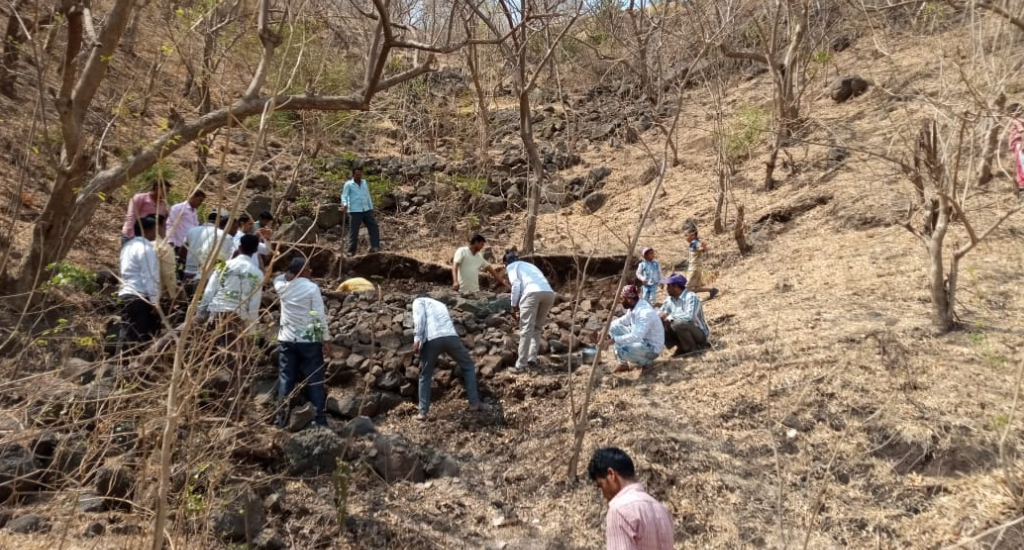
On May 1 that year, the village witnessed a grand “mahashramdan” event where 2,500 people, including IT professionals, bankers, teachers, students, and government sector employees from cities like Mumbai, Pune and Nashik, gathered to create a 2km contour trench in a single day.
The impact of these efforts was not limited to water conservation alone. The contour trenches on the hillsides, designed to store water, led to the proliferation of grasses and shrubs. The hillsides were declared as ‘charai mukt shetra’ (non-grazing land).
“We only allow the cutting of grass to feed cattle. Each household was also gifted two indigenous trees for planting on their homesteads,” said Sanjay Daware.
The village also embarked on an extensive tree-planting initiative, with around 18,000 trees of various varieties finding a new home here. This led to an increase in biodiversity, with a variety of animals making the rejuvenated hillsides their habitat. The village now witnesses the presence of monkeys, rabbits, foxes, porcupines, deer and peacocks, with occasional sightings of leopards.
Also Read: Community ensures sustenance of vital ancient ponds
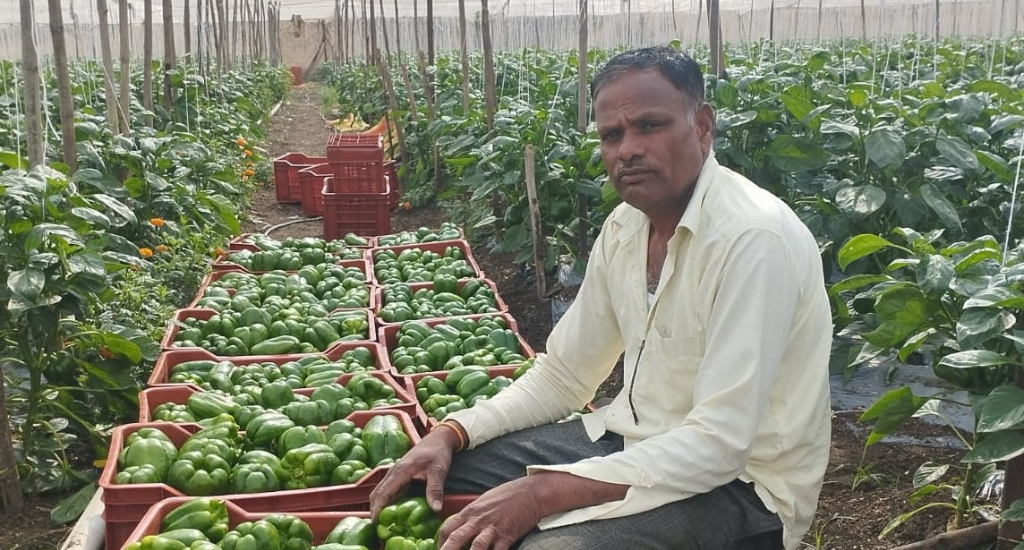
The use of sprinkler and drip irrigation systems revolutionised farming practices. Water-intensive crops like sugarcane and bananas were replaced, and today, 190 functional solar farm pumps have made Konambe a district leader.
“It now takes just four hours of irrigation using a sprinkler system to tend to an acre of land. This not only conserves a significant volume of water but also prevents the leaching of soil nutrients. The application of mulching sheets reduced weed growth and minimised the need for pesticides,” said Pandurang Daware, a 50-year-old farmer.
Konambe is no longer water-stressed. Farmers, now able to cultivate three crops a year, have seen their income double. Electricity now illuminates every household, and solar pumps have liberated farmers from power usage regulations and costs.
The lead image at the top shows an earthen dam at Konambe (Photo courtesy Konambe Gram Panchayat)
Hiren Kumar Bose is a journalist based in Thane, Maharashtra. He doubles as a weekend farmer.